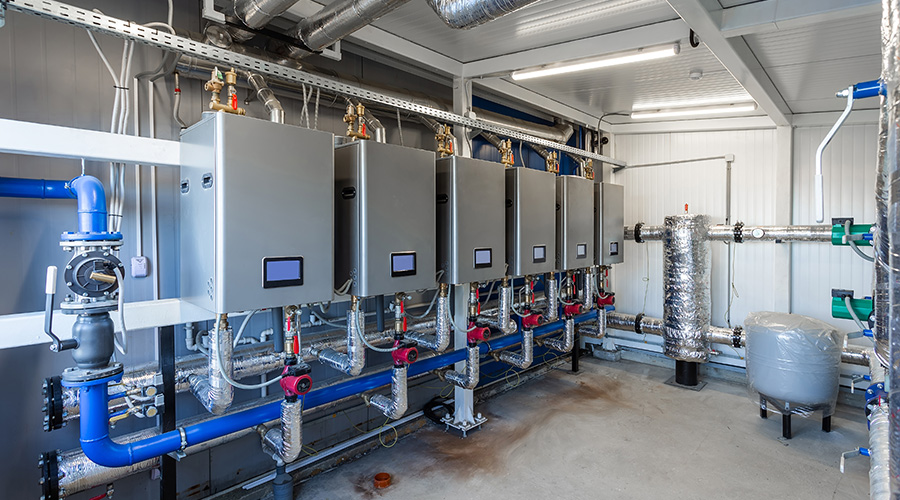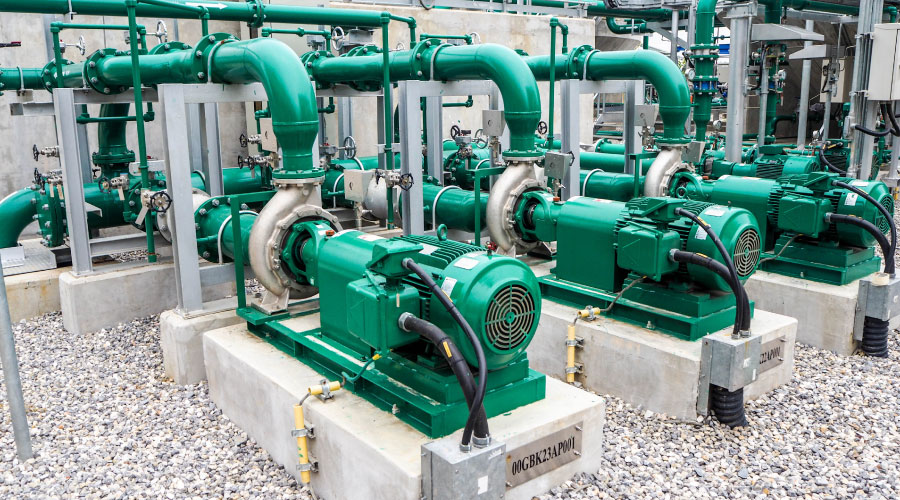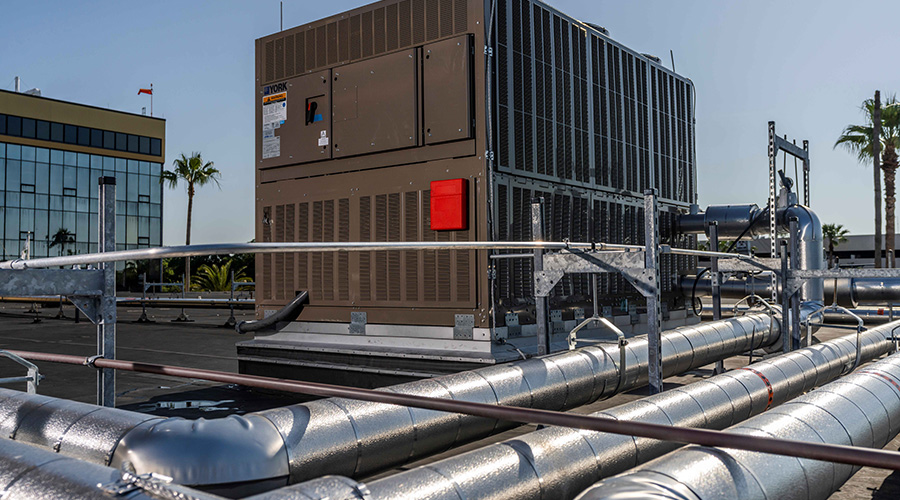Proposed Changes to ASHRAE 90.1 Open for Public Comment
Changes to the purpose and scope of ASHRAE/IESNA Standard 90.1 as well as new lighting requirements are being proposed through public review.
Changes to the purpose and scope of ASHRAE/IESNA Standard 90.1 as well as new lighting requirements are being proposed through public review.
ANSI/ASHRAE/IESNA Standard 90.1-2007, Energy Standard for Buildings Except Low-Rise Residential Buildings, provides minimum requirements for the energy-efficient design of buildings except low-rise residential buildings.
Among the
proposed addenda out for public review is addendum aq, which proposes changes to the purpose and scope of the standard. The proposed modification addresses applications not covered in the existing standard scope, such as requirements for laboratories, data center cooling and kitchen exhausts.
It would also permit the 90.1 committee to address technologies, such as computer equipment and refrigerated casework, and would extend existing requirements for envelope, space cooling and lighting to a larger group of spaces where energy is consumed.
Standard 90.1 currently addresses design and construction of buildings. The proposed addendum would add operation and maintenance, which allows incorporation of industry standards such as ASHRAE/ACCA Standard 180-2008, Standard Practice for Inspection and Maintenance of Commercial Building HVAC Systems.
The addendum also incorporates utilization of on-site, renewable energy resources.
Proposed addendum aq is open for public review until Feb. 2.
Four other proposed addenda – ar, as, au and av – are open for review until Jan. 19.
Proposed addenda ar and av are related to lighting efficiencies. Proposed addendum ar revises an earlier version of the standard where expanded exterior lighting power limits were put in place but details were not included on calculating installed power and its comparison to the limits. Addendum av would require that in all spaces where alterations take place, all requirements of section 9 are met, not just the lighting power density requirements.
Related Topics:











